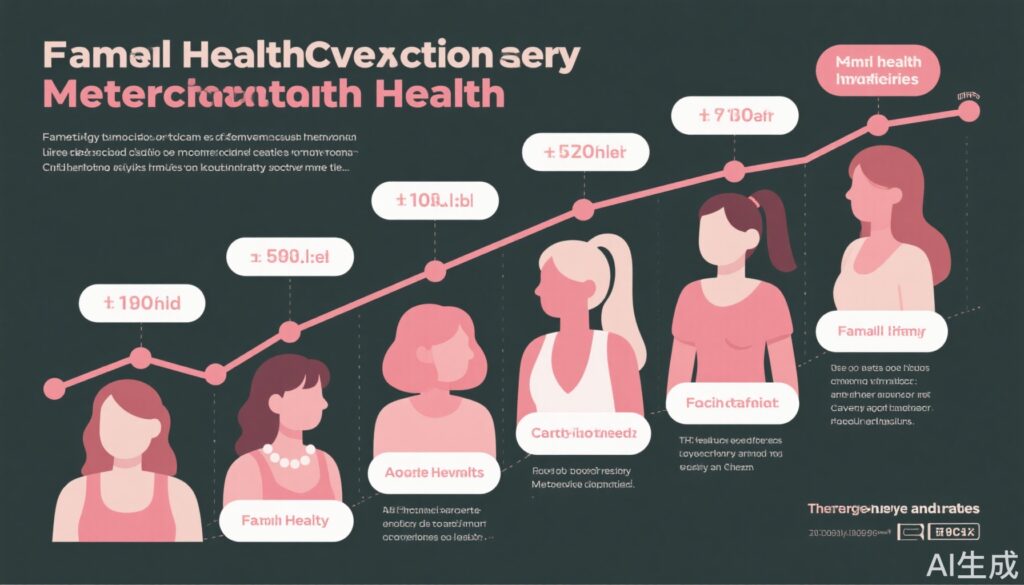The onset of menstruation, scientifically termed menarche, is a pivotal biological milestone in a woman’s life. While it marks the transition into reproductive capability, its timing—whether early, typical, or late—has been linked to an array of health outcomes. Recent findings presented at the ENDO 2025 conference in San Francisco bring to light the potential long-term health risks associated with the age of menarche, emphasizing its role as a marker for cardiometabolic and reproductive health.
Scientific and Clinical Evidence: What the Data Tell Us
The findings stem from the Brazilian Longitudinal Study of Adult Health, involving 7,623 women aged 35 to 74 years. This extensive study categorized menarche as early (under 10 years), typical (10–15 years), or late (over 15 years) and explored the associated health outcomes. The results demonstrated that early menarche significantly increased the odds of multiple health conditions, including obesity (OR: 2.18), hypertension (OR: 1.38), and type 2 diabetes (OR: 1.85). Late menarche, while associated with some protective effects against obesity, also correlated with increased risks of menstrual irregularities and certain cardiovascular complications, such as myocardial revascularization.
Misconceptions and Harmful Behaviors
Despite its significance, the age at menarche often remains an overlooked aspect of long-term health assessment. A common misconception is that menarche is solely a reproductive event without broader health implications. This underestimation can lead to missed opportunities for early interventions that could mitigate risks of cardiometabolic diseases and reproductive complications.
Correct Health Practices and Practical Recommendations
Understanding the health risks associated with menarche timing is crucial for designing tailored healthcare strategies. For women who experience early or late menarche, regular screenings for metabolic and cardiovascular conditions should be a priority. Furthermore, healthcare providers can use this information to educate patients about lifestyle adjustments and preventive measures, such as maintaining a balanced diet, engaging in regular exercise, and monitoring blood pressure and glucose levels.
Expert Insights and Commentary
Dr. Flávia Rezende Tinano, the lead author of the study, emphasizes the significance of these findings, particularly in developing countries where such research is scarce. “Most women can remember when they had their first period, but they might not realize that it could signal future health risks,” says Dr. Tinano. She advocates for integrating this knowledge into routine health assessments and public health education to improve outcomes.
Conclusion
The age at menarche offers valuable insights into a woman’s long-term health trajectory. By recognizing its implications, healthcare professionals can adopt a proactive approach, ensuring early identification of risks and the implementation of preventive measures. This research underscores the importance of personalized medicine and the need for further studies to refine our understanding of the connections between menarche and health outcomes.
References
1. Age at woman’s first period can offer clues about long-term health risks. The Endocrine Society. July 13, 2025. Accessed July 14, 2025. https://www.eurekalert.org/news-releases/1090295
2. Tiano FR, Roza Machado IF, Besenor IM, Lotufo PA, Latronico AC, Gomes LG. Early and late age at menarche and their distinct cardiometabolic and reproductive outcomes: The Brazilian Longitudinal Study of Adult Health. Presented at: ENDO 2025. July 12-15, 2025. San Francisco, California.


